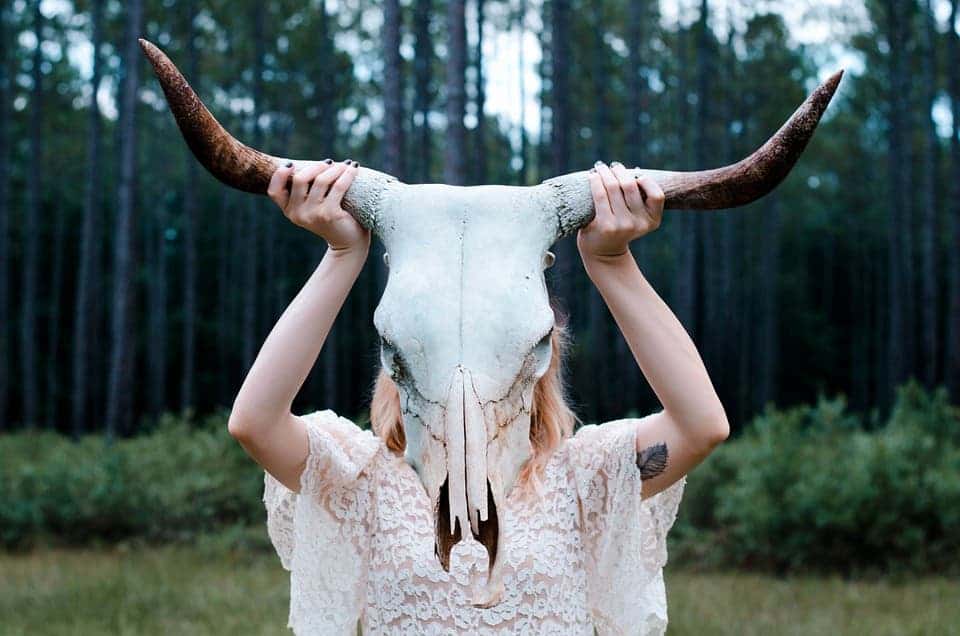A team from Israel and Spain report that early humans at Qesem Cave near Tel Aviv used bones to keep marrow fresh for later consumption.

The findings correspond to early humans from the late Lower Paleolithic period some 400,000 years ago. Animal bones were kept up to nine weeks inside the cave before consumption, the team estimates based on their experiments.
Cracking open an old one with the boys
“Bone marrow constitutes a significant source of nutrition and as such was long featured in the prehistoric diet,” explains Prof. Barkai (Tel Aviv University), the paper’s co-lead author.
“Until now, evidence has pointed to immediate consumption of marrow following the procurement and removal of soft tissues. In our paper, we present evidence of storage and delayed consumption of bone marrow at Qesem Cave.”
The team notes that this is the earliest sign of such behavior, and show how human communities in the Paleolithic could adapt to their environments.
Animals were processed at the hunting scene, and the group would only bring home selected body parts — meat, fat, limbs, skins and skulls. The most common prey seems to have been fallow deer. One leg bone in particular, the metapodials (the bone connecting the hoof to the leg), showed distinct chopping marks on the shafts. These marks are more consistent with efforts to fracture the bone and extract the marrow rather than stripping flesh, Prof. Barkai explains.
The team believes deer metapodials were stored at the cave covered in the skin to help preserve it. The team carried out a series of experiments on deer, controlling exposure time and environmental parameters, combined with chemical analyses. They re-created the marks seen on the bones and determined that marrow could be kept with a low rate of degradation for up to nine weeks.
“We discovered that preserving the bone along with the skin, for a period that could last for many weeks, enabled early humans to break the bone when necessary and eat the still nutritious bone marrow,” adds Dr. Blasco.
“The bones were used as ‘cans’ that preserved the bone marrow for a long period until it was time to take off the dry skin, shatter the bone and eat the marrow.”
According to the researchers, this is the earliest evidence in the world of food preservation and delayed consumption of food. The ancient inhabitants of this cave likely started preserving deer barrow when elephants, previously a major source of food for humans, were no longer available in the area.
“This kind of behavior allowed humans to evolve and enter into a far more sophisticated kind of socioeconomic existence,” notes Prof. Barkai.
The paper “Bone marrow storage and delayed consumption at Middle Pleistocene Qesem Cave, Israel (420 to 200 ka)” has been published in the journal Science Advances.









